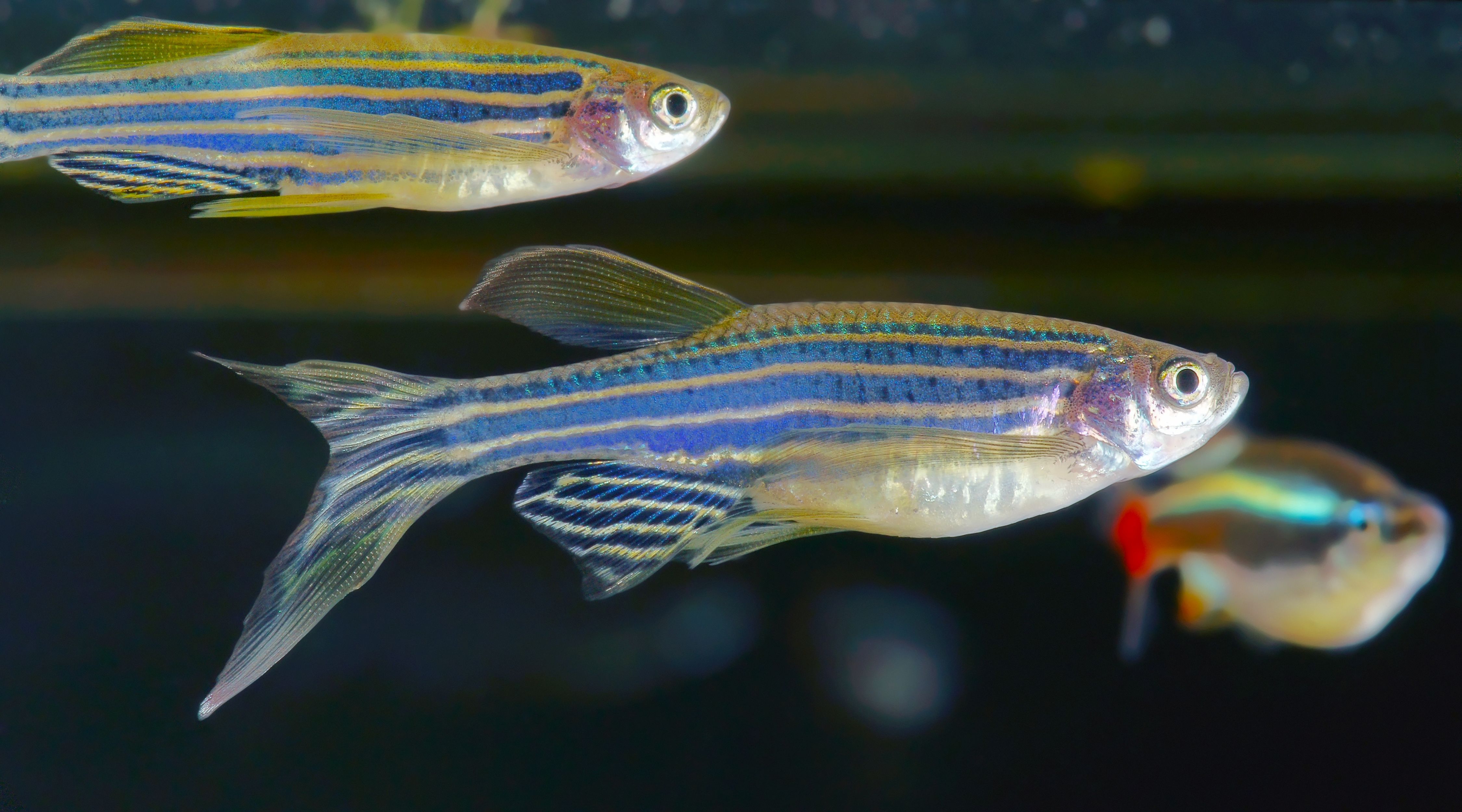Article
Zebrafish to the Rescue
Author(s):
Who knew those animated little fish might do so much more for our patients with neurodevelopmental disorders than provide a calm diversion in the waiting room?
©mikhailg/AdobeStock

Dr Wilner is Associate Professor of Neurology at the University of Tennessee Health Science Center and a staff physician at Regional One Health in Memphis, TN. His latest book is The Locum Life: A Physician's Guide to Locum Tenens. Website: andrewwilner.com. Twitter: @drwilner. Dr Wilner is an editorial board member of Neurology Times.
At the doctor’s office
My first exposure to tropical fish occurred about 60 years ago on a visit to the family pediatrician who maintained a large, freshwater aquarium in his waiting room. The colorful and dynamic creatures fascinated me as they swam among aquatic plants and bubbling airstones.
Long-finned angelfish glided gracefully through the water, a couple of catfish rummaged for food in the gravel, and near the top, a school of silver black-striped fish darted from one end of the crystal-clear tank to the other. Gazing at the fish offered a much-needed distraction from other aspects of the appointment, which included unpleasant probing and painful vaccinations.
The lowly zebrafish
Those striped fish near the surface, only an inch or so long, were probably zebrafish (Danio rerio). Zebrafish are hardy and inexpensive, two qualities that contribute to their immense popularity among tropical fish hobbyists. I only recently discovered that zebrafish have become a valuable tool in unraveling the pathophysiology of many neurologic conditions.
Burden of neurologic disorders
Neurologic disorders such as autism, epilepsy and schizophrenia can severely compromise quality of life for many individuals. Treatments remain woefully inadequate, frustrating both patients and their physicians. The pathophysiology of these disorders is only now becoming unveiled, in part with the assistance of the lowly zebrafish.
Models of developmental disorders
A recent paper highlighted the critical role played by zebrafish as a “model system to investigate the function of the growing list of risk genes associated with neurodevelopmental disorders.”1 While physicians are probably more familiar with mouse models of disease, it turns out that the zebrafish have numerous qualities that make them excellent candidates for genetic research. These include:
• Transparent and fast-growing external embryos, which allow for direct observation of the developing nervous system
• Homologous brain regions with humans: cerebellum, optic tectum and thalamus
• Shared cortical neurotransmitters including acetylcholine, dopamine, GABA, glutamate, histamine, norepinephrine and serotonin
• Orthologous versions for 80% of risk genes for human disorders
• Heritable mutations in zebrafish genes can be made by targeted nuclease technologies such as zinc finger nucleases (ZFN) and transcription activator-like effector nucleases (TALEN)
• Seizure-like behavior can be induced in zebrafish larvae, which can be used as first-pass subjects to identify potential anti-epileptic drugs
• Unlike mice and other mammals, zebrafish are inexpensive to maintain
These exceptional qualities of zebrafish have contributed to the discovery of hundreds of genes involved in early development. Zebrafish have been used to study ADHD, Bardet-Biedl syndrome (BBS), maple syrup urine disease (MSUD), autism spectrum disorders (ASD), epilepsy, intellectual disability and schizophrenia. The conservation of behavioral circuits in fish and mammals suggests that knowledge gained by investigating zebrafish will have translational relevance for mammals including human beings. Zebrafish have become so well-studied there is even a zebrafish brain atlas (Z Brain Atlas)!
Conclusions
The bubbling 75-gallon fish tank in my office contains flourishing underwater plants, a couple of species of tetras, a Pictus catfish, and a lively school of zebrafish. Who knew those animated little fish might do so much more for my patients with neurodevelopmental disorders than provide a calm diversion in the waiting room?
References:
1. Sakai C, Ijaz S, Hoffman EJ. Zebrafish models of neurodevelopmental disorders: past, present, and future. Front Mol Neurosci. 2018;11:294.




